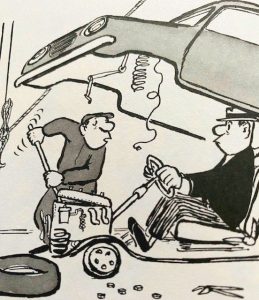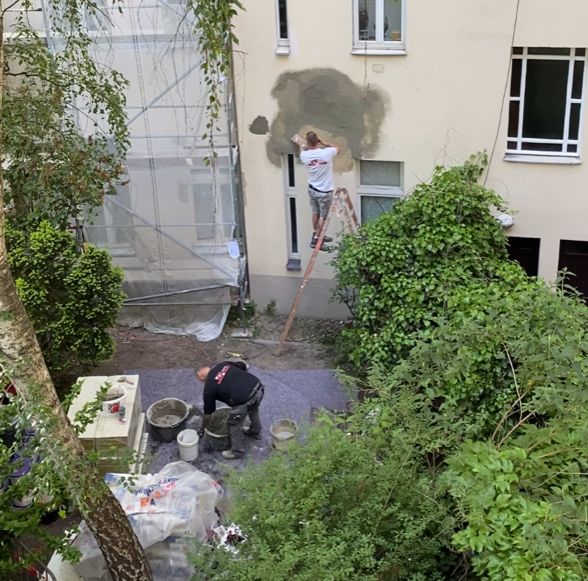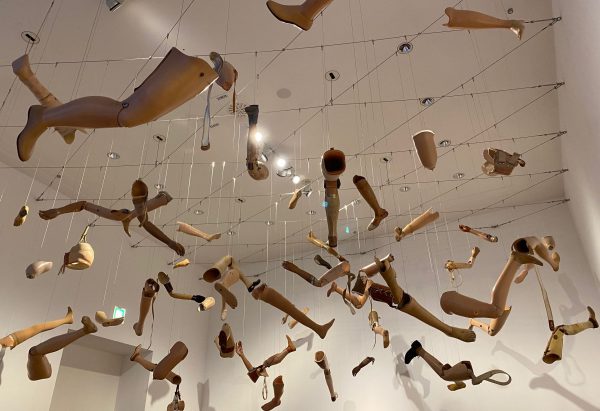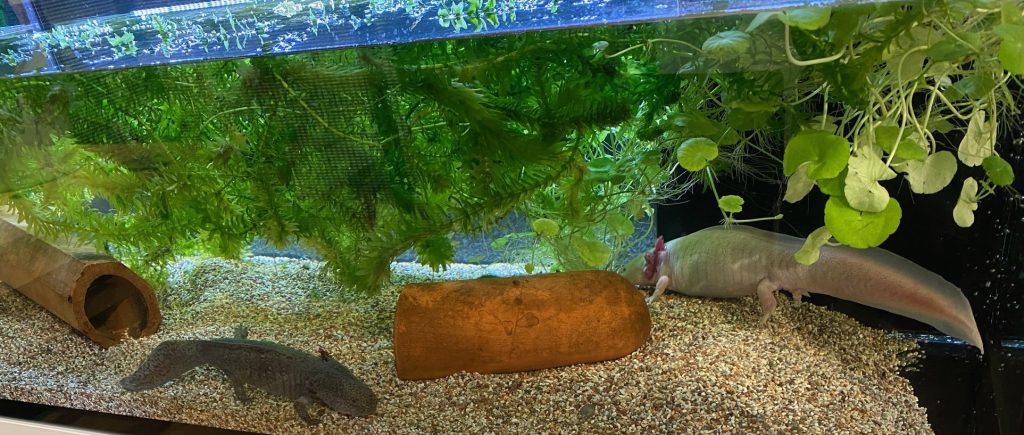The statistics on trade flows reported by the UN Department of Economic and Social Affairs have a comprehensive data base in the background. The descriptive inspection of the raw data on trade flows comprising solar panels, batteries and electric vehicles shows a stark imbalance of how future-proof the trade between countries is. The New York Times (David Gelles et al. 2025-6-30) has put this information into an impressive graphical design to show the magnitude of the imbalance of how China trades in green products with the world and how the USA is losing out on future-proof low carbon emission trade. Despite the fact that China is still heavily emitting CO2 today due to burning coal for electrical power, the investments at home and trade with the world is moving into the opposite direction. We have seen many of these industries at risk in Europe, like solar panel production, batteries and increasingly electric vehicles, without the western countries getting organized to address crucial business and economic challenges. Falling behind in these industries and trade will shift global balances in the near future. Renovation through innovation is more promising than holding on for another decade to inefficient and more polluting energy sources. Repairs of homes and buildings have long lasting effects, which we can, nevertheless, change today.


















